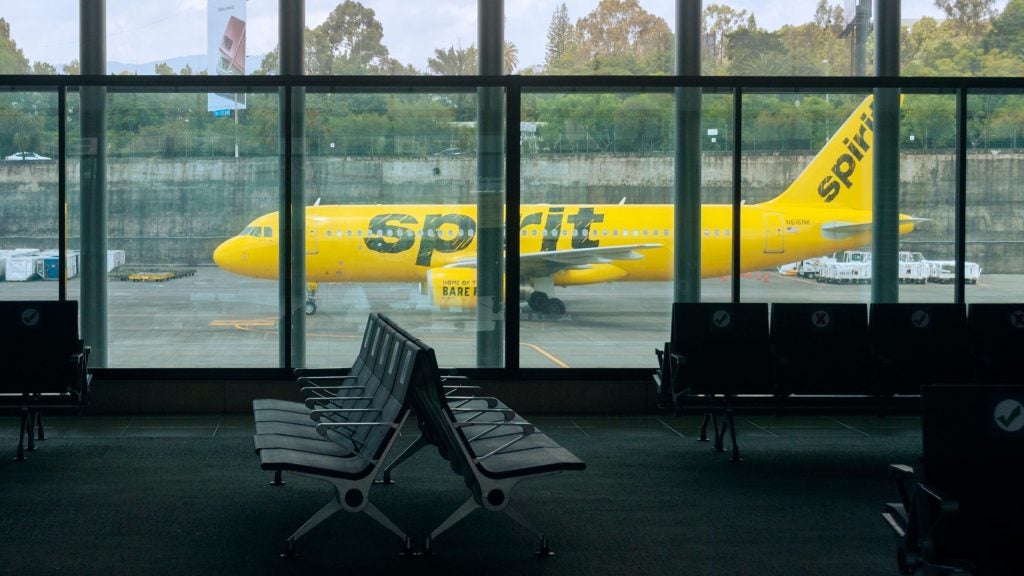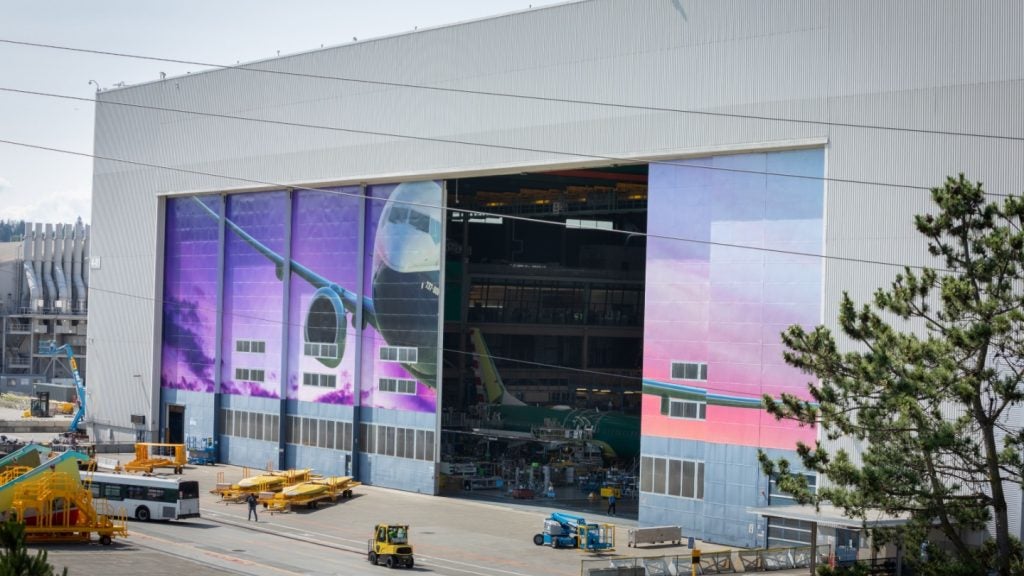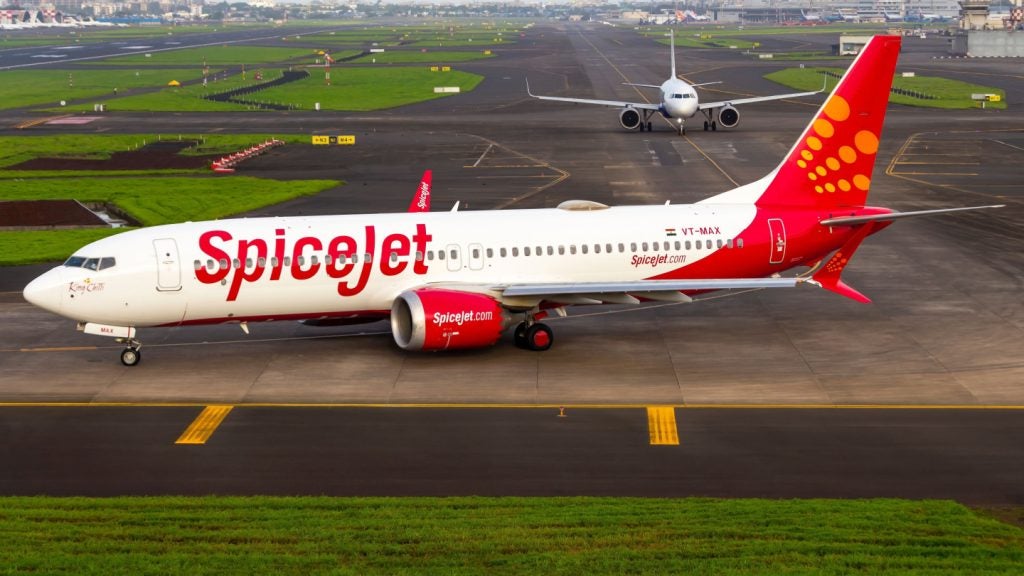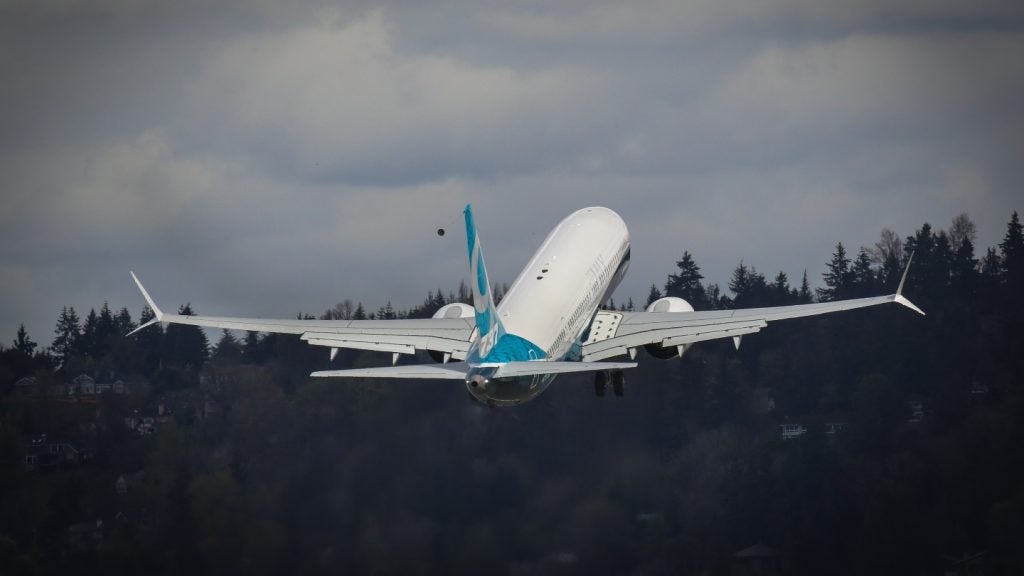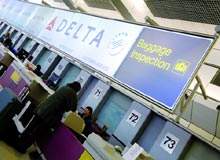
Airports can transform even the savviest traveller into a blubbing wreck. As airlines, retailers, advertisers and operators jostle for space, the result is often sensory overload. The difficulty of navigating passengers from check-in to aircraft is further compounded by the myriad ages, ethnic groups and nationalities navigating the facility each day. Attempting to provide information that is instantly obtainable and accessible to all these groups is not an easy task.
Recognition of this fact led Manchester Airport to seek external assistance. In 2005, ergonomics consultancy Human Engineering was commissioned to develop a cognitive model of passengers’ behaviour, motivators, objectives and state of mind during each stage of the travelling process.
The idea was to establish exactly what information was required where, and how that information could best be packaged. So enlightening was this piece of work that it marked the beginning of a whole new way of managing the visual environment at Manchester Airport.
A key figure in the process, and in getting all parties on side, has been Jacqueline Neville. It was Manchester Airport’s head of visual environment who set Human Engineering its brief three years ago, although she was less surprised by its findings than others.
“Commissioning an independent audit of the visual environment was key to the delivery of a different way of thinking and working for everyone,” Neville explains.
See Also:
“Special consideration to ergonomics and passenger psychology as well as the day to day needs of the airlines, terminals and retail teams helped us develop an informational hierarchy that everyone could understand and buy into.”
How well do you really know your competitors?
Access the most comprehensive Company Profiles on the market, powered by GlobalData. Save hours of research. Gain competitive edge.

Thank you!
Your download email will arrive shortly
Not ready to buy yet? Download a free sample
We are confident about the unique quality of our Company Profiles. However, we want you to make the most beneficial decision for your business, so we offer a free sample that you can download by submitting the below form
By GlobalDataKeep it simple
With more than 100 airlines spread across three terminals, Neville and her team understood that they had to simplify the process. “We’re vastly reducing the number of signs on site,” she says. “Effective wayfinding consists of more than just signage. It’s about special problem solving and correct orientation. Although signs play an important role in this, they must not be relied upon as a quick fix to all problems.
“Directional signage at Manchester Airport will now primarily concentrate on getting passengers from zone to zone and to core facilities within that zone.
“All other secondary information will be delivered at designated info points and totems, which will significantly help to reduce clutter and consolidate information provision.” Manchester’s check-in halls are perhaps the best current example of how effective such changes have been. They were previously very cluttered and busy, with information from more than 100 airlines, retailers, terminals and advertisers, all vying for the attention of passengers via small screens, free standing pop-up signage, branded bag-weighing scales and ad-hoc adverts within queuing systems.
“Now, the check-in halls are home to large-format, rear-projection screens, hung above all check-in desks, and clearly displaying airline and operational information. The sheer scale of the screens makes it easy for all passengers to read and the consequent removal of all other signage and clutter makes finding information simple and easy.”
The right tone
While there has been an emphasis on reducing the number of signs at the airport, focus has also been placed on the tone of the message conveyed. “Our CEO is keen on getting rid of the ‘right to work in an environment free of abuse’ notices,” says Neville. ‘Telling people not to shout at us will antagonise them more. We want to put on a much more welcoming and inclusive face.’
A lot of work has already gone into finding the right tone. “We mustn’t be dictatorial,” Neville explains. “Our brand is about providing ease to the traveller.”
Many of Neville’s innovations go against the more sterile, impersonal airport connotations – new carry-on liquid restrictions were conveyed to passengers through a series of giant bottles walking through the terminals – and emphasis is placed on passenger interaction. “It has to be as graphic and entertaining as possible,” she says. “Prompting people with text all the time won’t get through.”
Colour in
A new sign identity is being rolled out accordingly, the previous colour scheme having been deemed too subtle, and suspended above the main flows at a consistent height. “We are constantly looking for feedback and potential innovations,” Neville claims. “The system will never stand still.”
One should not make the mistake that this state of perpetual motion is moving towards a perfect solution, however. “Trying to please all of the people all of the time will only create the problem we’re attempting to move away from,” Neville explains. “Find a system that works for as many people as possible, then support it with staff on the ground.’
Maintaining peaceful co-existence between all parties in the terminal is an ongoing process. To this end, Neville chairs the Visual Environment Forum, which brings together operational, retail and advertising bodies. “My role is to deliver the compromise between what everyone is trying to achieve,” she chuckles. “As long as the passengers are happy, everything else should fall into place.”
So far, the signs are good.



